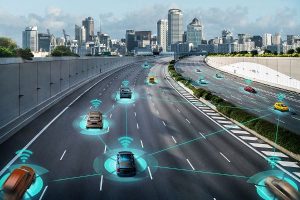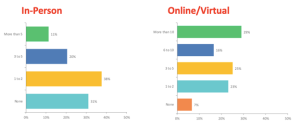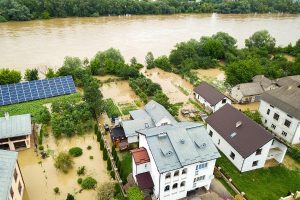
The federal government has put an emphasis on the need to strengthen the federal workforce. A strong federal workforce is one that is diverse in terms of race, gender, age, and experience. It is also made up of people with the skills needed to utilize and innovate with modern technologies. The results of diversity and hiring efforts have been mixed, providing insight into what really works in recruiting and retaining a strong federal workforce.
Help Wanted = Data Wanted
NASA has been working on improving the diversity of its workforce for over a decade. However, a recent report showed that despite all of the focus and effort, little progress has been made. The report found that demographics of NASA's workforce remain mostly unchanged since 2012 with only small increases of 1% to 2% for some demographic groups. NASA continues to lag behind the general federal workforce demographics with women making up 35% of the NASA workforce as compared to 45% of the general federal workforce. Women make up only 25% of NASA's scientific workforce compared to women holding 31% of scientific jobs elsewhere in government. Continue reading









